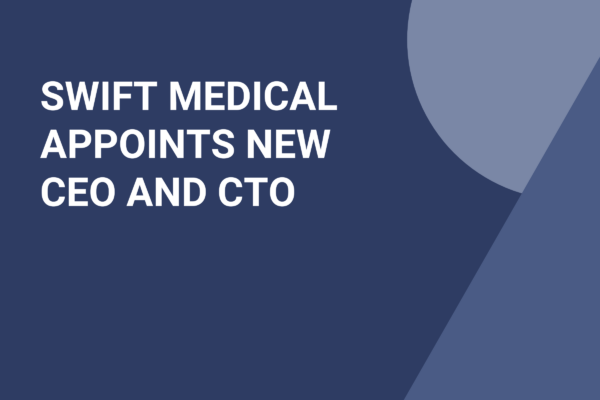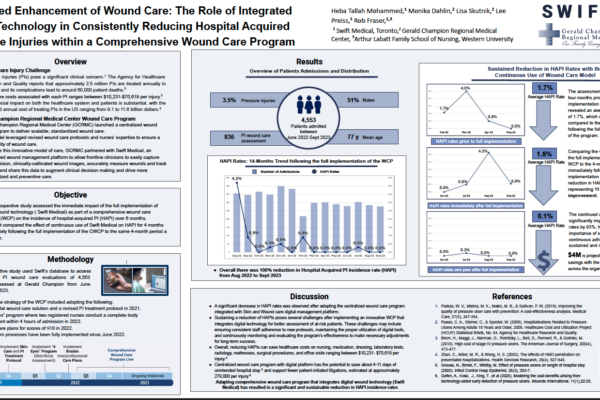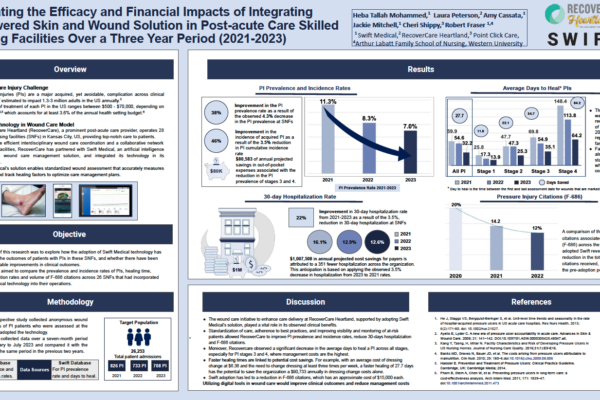Welcome to Swift Medical’s Multi-part Staffing Optimization Series for home health.
We know that high-performing home health agencies depend first and foremost on high-performing people. And as many studies have shown, staff that feel supported, fulfilled, and satisfied in their work perform better and have lower turnover. This series will explore various topics in the sector regarding staffing, including improving recruitment and retention, visit utilization, and empowering clinicians to practice at the top of their license.
In this installment, we will discuss how technology designed with deep empathy can improve staff satisfaction and retention.
A recent survey found that 3 in 10 frontline healthcare workers considered leaving their job because of increased risks and stress during the pandemic. Even pre-pandemic, burnout was a major factor for nurse retention. A 2018 study found that 30% of nurses left their jobs because of burnout. The Bureau of Labor Statistics reports that the average tenure of a nurse in home health is only 19 months. According to the NSI National Health Care Retention and Staffing Survey, the average cost to recruit new nurses exceeds $50,000 and can take upwards of 85 days.
Any factor that moves the needle in terms of increasing staff satisfaction clearly has a profound potential to impact both clinical and financial outcomes.
Technology’s impact on staff satisfaction: a double-edged sword
Technology can be both a cause and relief of stress, anxiety, and frustration (anyone struggling with an uncooperative computer can attest to the former).
Whether tech hurts or helps often boils down to the idea of usability. Most of us can probably think of an example of this in our daily lives, but the notion isn’t just anecdotal. A 2020 study in the Journal of Medical Internet Research provided evidence supporting the link between less-useable tech and healthcare professional burnout.
The majority of home health organizations today use some form of electronic charting and documentation solution. Nurse satisfaction with these solutions, however, is far from uniform. This dissatisfaction is often compounded when they are asked to use multiple, un-integrated tools for specialized tasks, such as wound care.
How to approach usability
There is tremendous value in keeping empathy front of mind when producing technology. In home health, this means creating a wound care platform that integrates into existing clinical and technical workflows. The software developers at Swift Medical work side-by-side with clinicians (many of whom were former home health nurses) to ensure that Swift is designed with clinical usability as a key priority. From ensuring usability with only one hand, to making our full solution functionality available offline, Swift is built to meet the real world needs of our users. To that end, we are always looking for opportunities to better integrate our solution into existing technology. Our recently announced partnership with Homecare Homebase has opened the door to deliver unparalleled integrations with one of the leading home health EMRs on the market.
Our mission: tech that makes the lives of nurses and frontline staff easier. The result: less burnout and improved staff satisfaction. But don’t just take our word for it, a survey of clinicians showed a 60% increase in staff satisfaction after implementing Swift over their previous method for wound management and more than 85% felt it made their jobs easier. So while poorly designed technology might be the reason some nurses decide to leave a job, well designed tech can just as easily be an important reason in improving nurse retention by increasing job satisfaction.
To learn more about building a profitable wound care program in the PDGM era, download our ebook here. And to see Swift’s industry leading, AI-powered computer visioning and analytics technology in action book a demo today.
To get notified directly when the next installment in the Staffing Optimization series is here, sign up below.





